
Île Renote
Trégastel
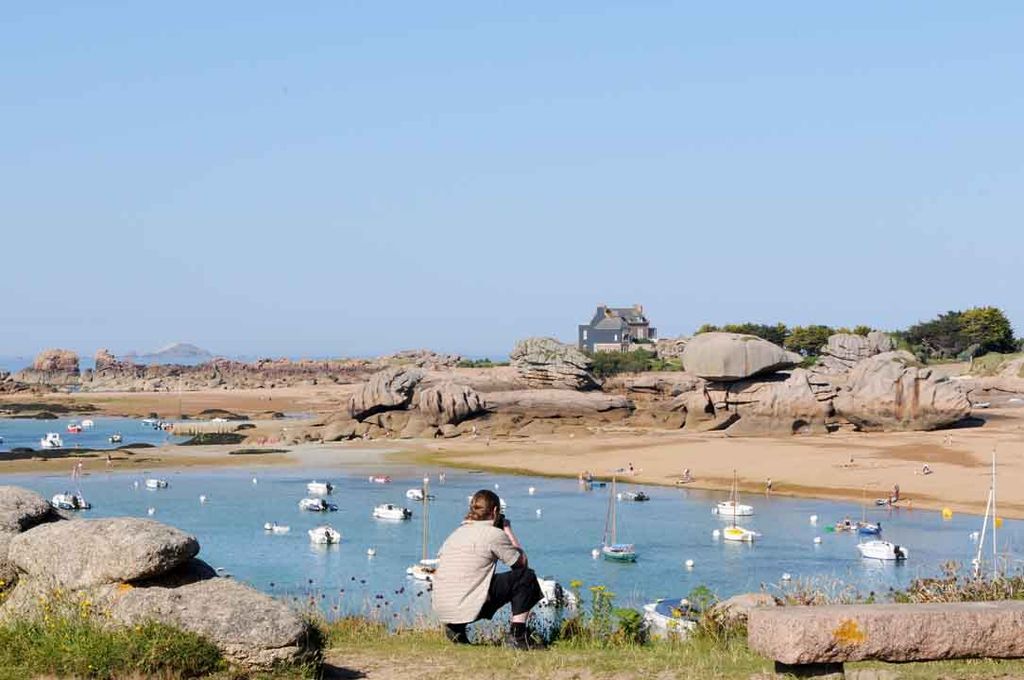

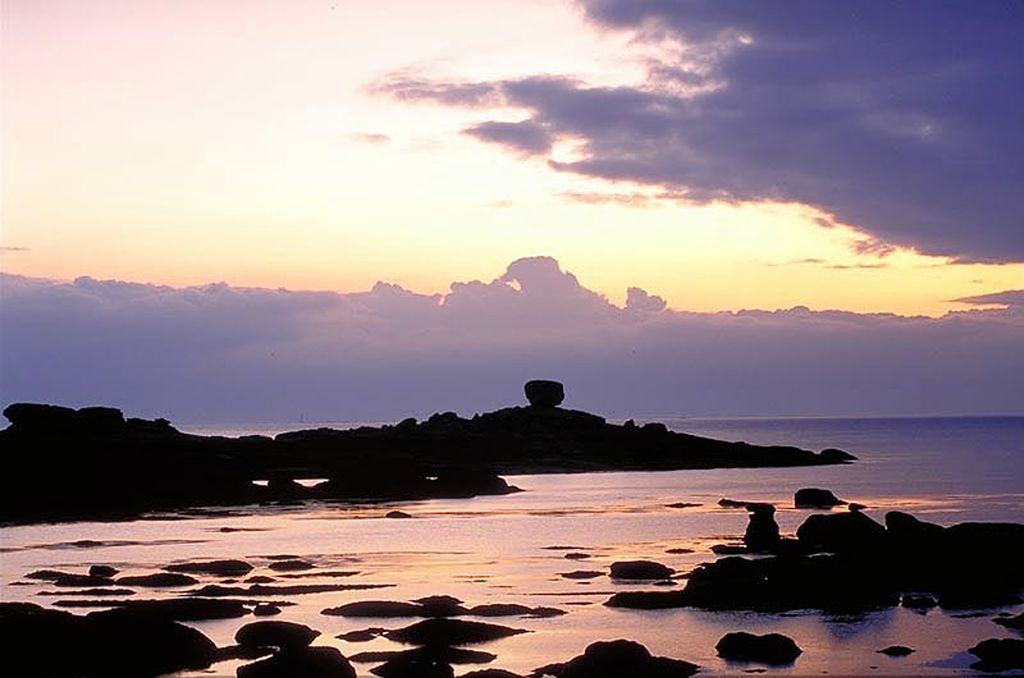
About
Formerly an island, Île Renote was joined to the mainland in 1895 by construction of a road, forming a peninsula. It has an exceptional geological and human history. Inhabited for 5,000 years, it has remarkable chaotic granite rock formations which form a unique natural landscape. Shaped by the sea, sculpted by the salt spray, the top of the rocky clusters is in places is studded with depressions (or crevices) nicknamed "bidets de la vierge" (the Virgin's bidets) or "empreintes du diable" (the devil's footprints). You can also see the rock known locally as "La palette du peintre" (the Painter's Palette). Be careful not to venture onto the neighbouring islands without checking the tide times. The currents in the area are extremely dangerous.
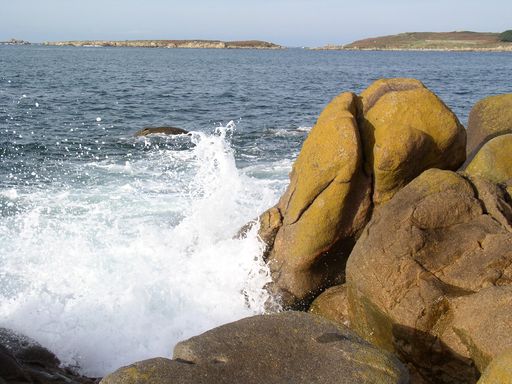

Bringwiller
Pleumeur-Bodou
Covering 30 hectares, the coastline is of great botanical, scenic and cultural value. The department of the Conseil Général (local authorities) responsible for natural sites has introduced Camargue...  See
See
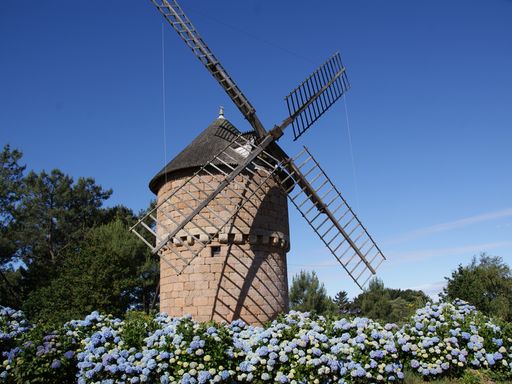

La Lande du Crac‘h windmill
Perros-Guirec
Crac‘h windmill, restored in 1986, bears testament to an era before the steam engine. Close up, you will be able to make out the engraving "1727" in the stone, likely indicating its date of...  See
See
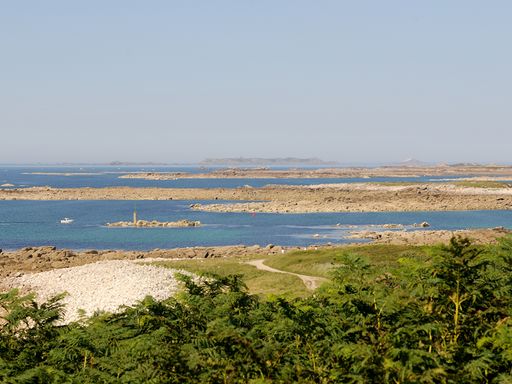

Guardhouse (Île Grande)
Pleumeur-Bodou
The guardhouse, TyGward in Breton, is an imposing block of granite which stands at the highest point of Île Grande. Right around the periphery of the island, grey and blue granite was mined for...  See
See


Chapel of Christ
Trébeurden
Classified as a historic monument and occupying a key position, the Chapel of Christ is not to be missed. Located on a small hill, 76 metres in altitude, it offers an outstanding panoramic view over...  See
See



